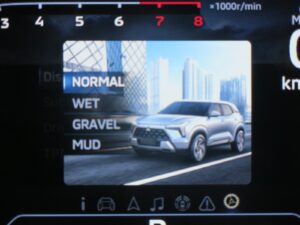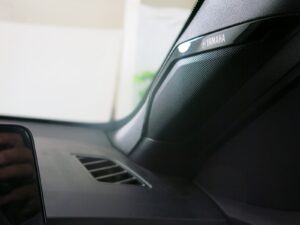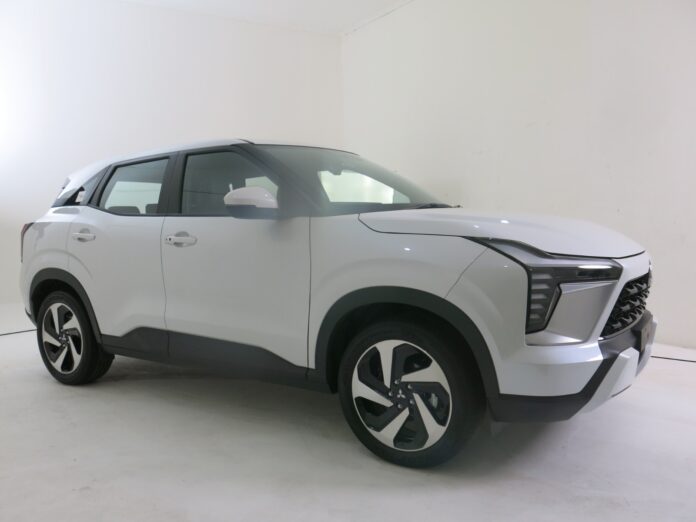Mitsubishi has finally officially released the name of their new SUV, namely the Mitsubishi XForce along with the variants and prices. Here are some very interesting details about Mitsubishi’s new SUV.
From the start, Mitsubishi really wanted this car to have good driving dynamics. Impressed that this was done because there are so many medium SUV players.
Each player even has its own advantages. In the case of the Mitsubishi XForce, the manufacturer with the three diamond logo seems to want to present an SUV that is very comfortable to drive.
So, here are some details that Mitsubishi XForce’s competitors, such as the Honda HR-V and Hyundai Creta, might not have. Let’s take a closer look:
1. Avionic Mode
Avionic Mode is a mode usually found on fighter jets. Fighter jet pilots use avionics information to obtain communications, navigation, and fighter jet management.
This mode was later emulated in the Mitsubishi XForce. Through Avionic Mode, the driver can find out the position of the car in the altitude area, the angle of the car that is running, and navigation.

2. Active Yaw Control
Active Yaw Control (AYC) is a technology that Mitsubishi got when it made the legendary Mitsubishi Lancer Evolution racing car. Now AYC technology is in the Mitsubishi XForce.
This technology helps the driver in providing better driving pleasure. Especially on slippery roads. AYC can improve cornering performance by adjusting the braking force on the front wheels to optimize vehicle stability when maneuvering quickly or on slippery roads.
3. Four Riding Modes
Mitsubishi XForce has four driving modes that can be done with a special button. The four driving modes are Normal, Wet, Gravel and Mud.
The four driving modes are believed to be very suitable for road conditions in Indonesia. The Mitsubishi XForce driver can later adjust the car’s driving mode according to the road conditions being traversed.

4. Dynamic Sound Yamaha Premium
Mitsubishi said Dynamic Sound Yamaha Premium was developed to answer the needs of customers in the Southeast Asia region. The part of the vehicle interior that functions as a listening room will have optimal audio quality, which will bring out the best from the installed speakers.
This sound system will not only adjust the sound volume, but also the quality of the sound itself, so that it will continue to produce a bass sound that feels alive, and clear tones can be heard, even when the car is driven on a rough road surface.





